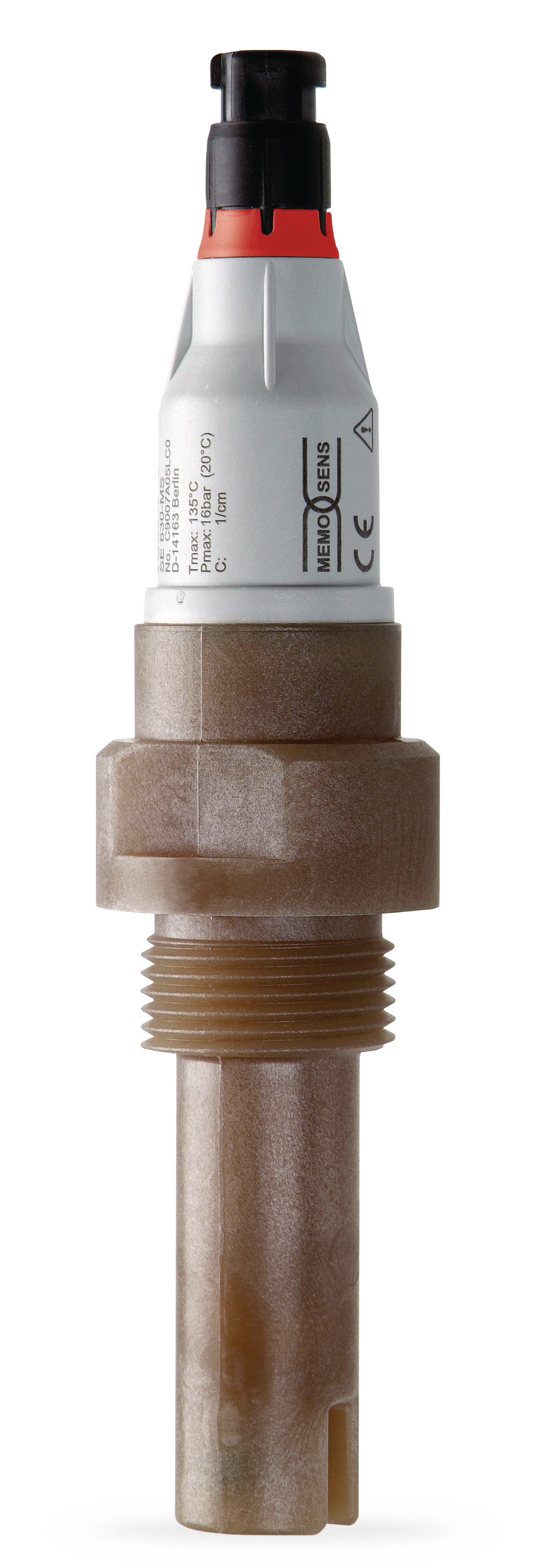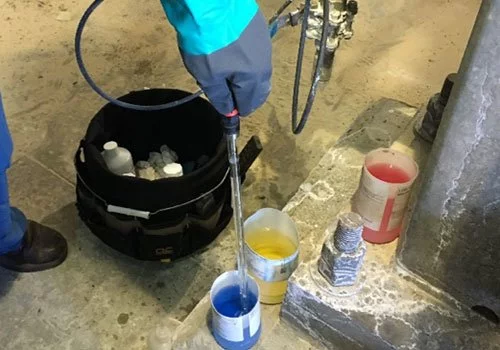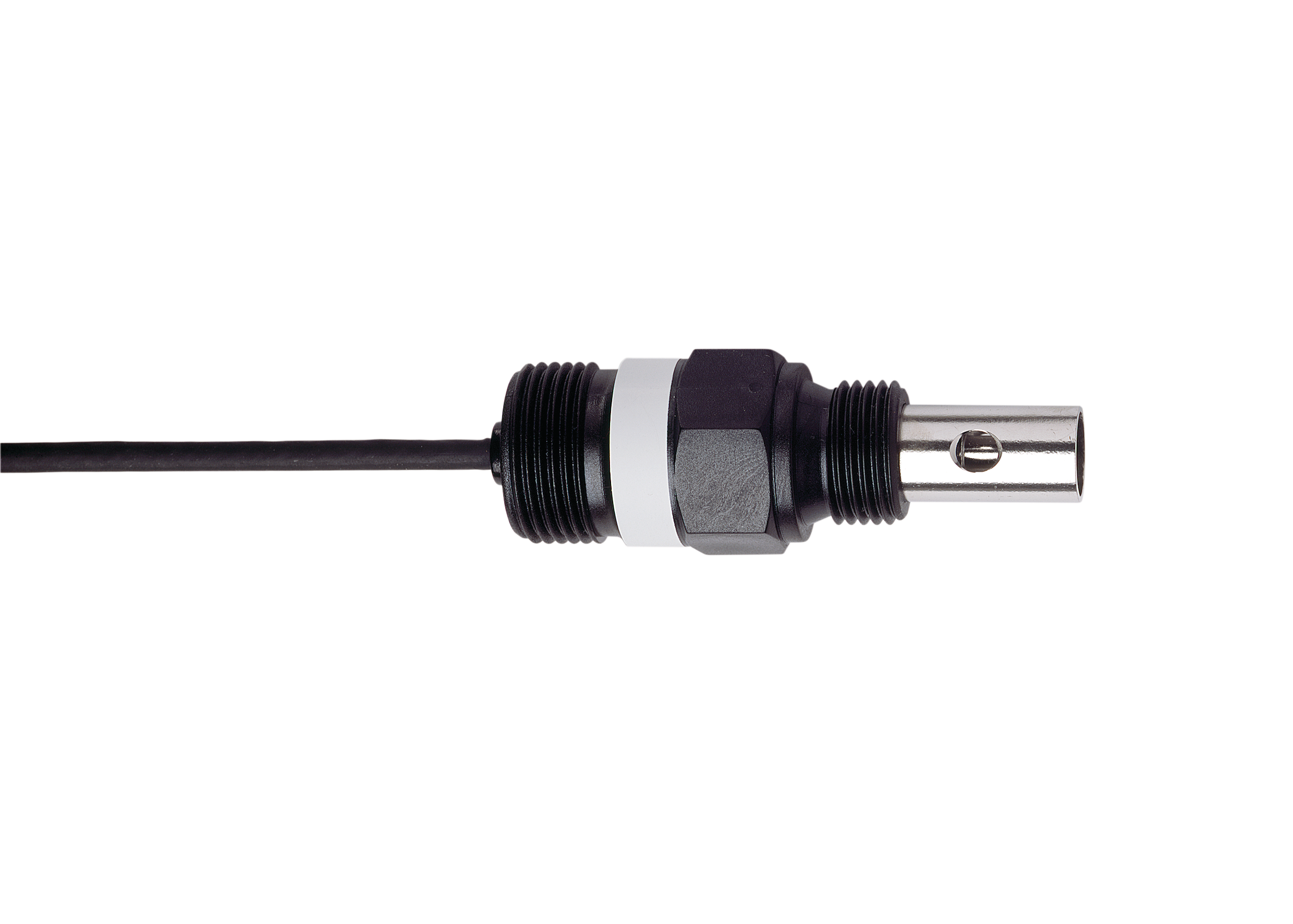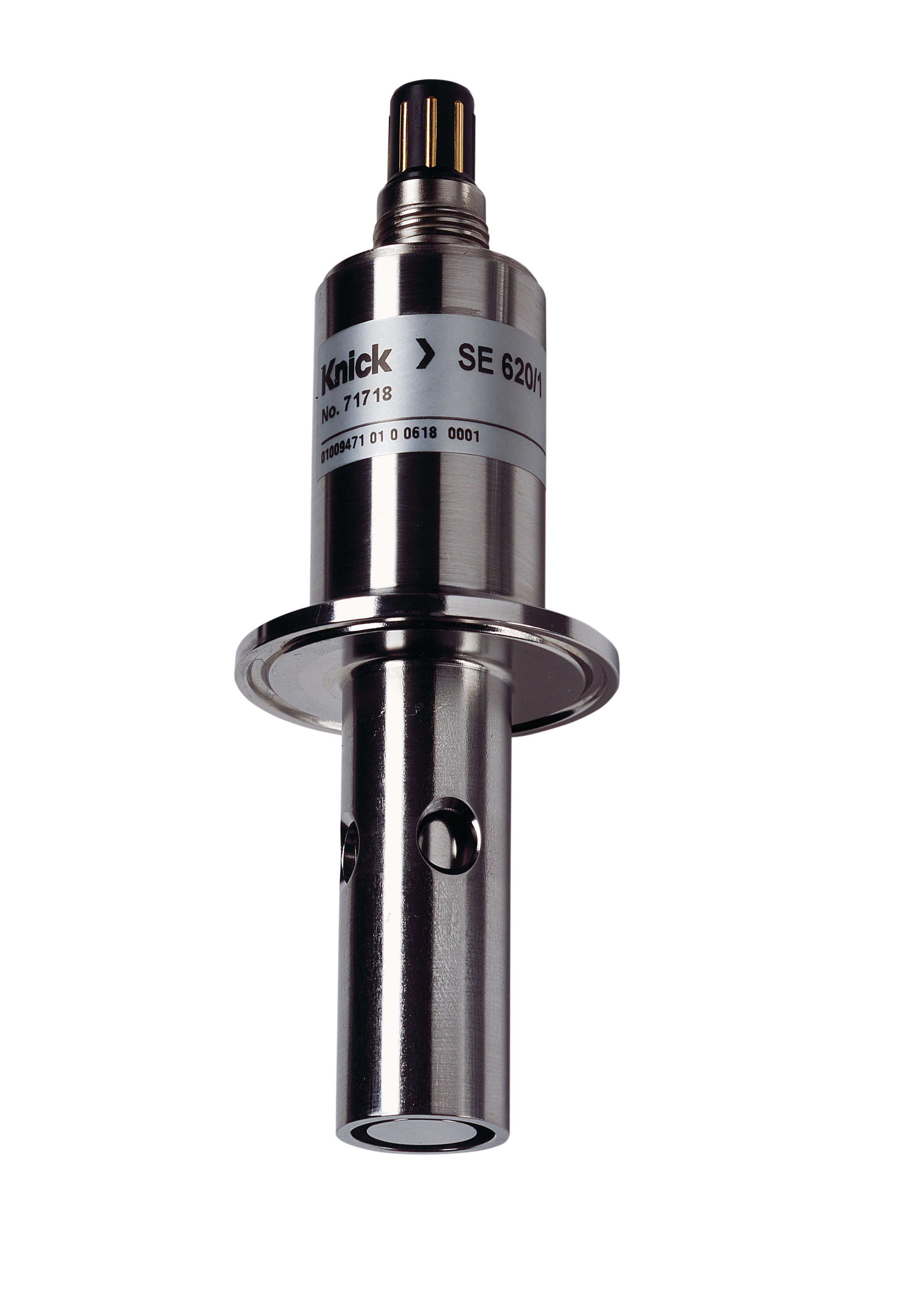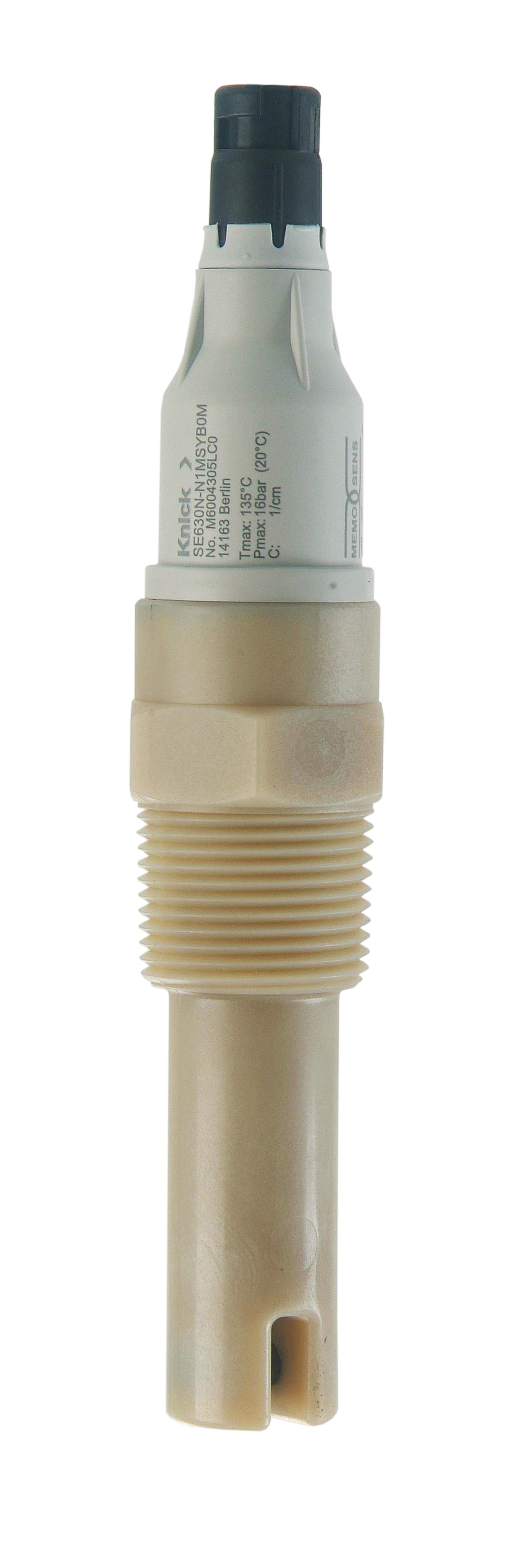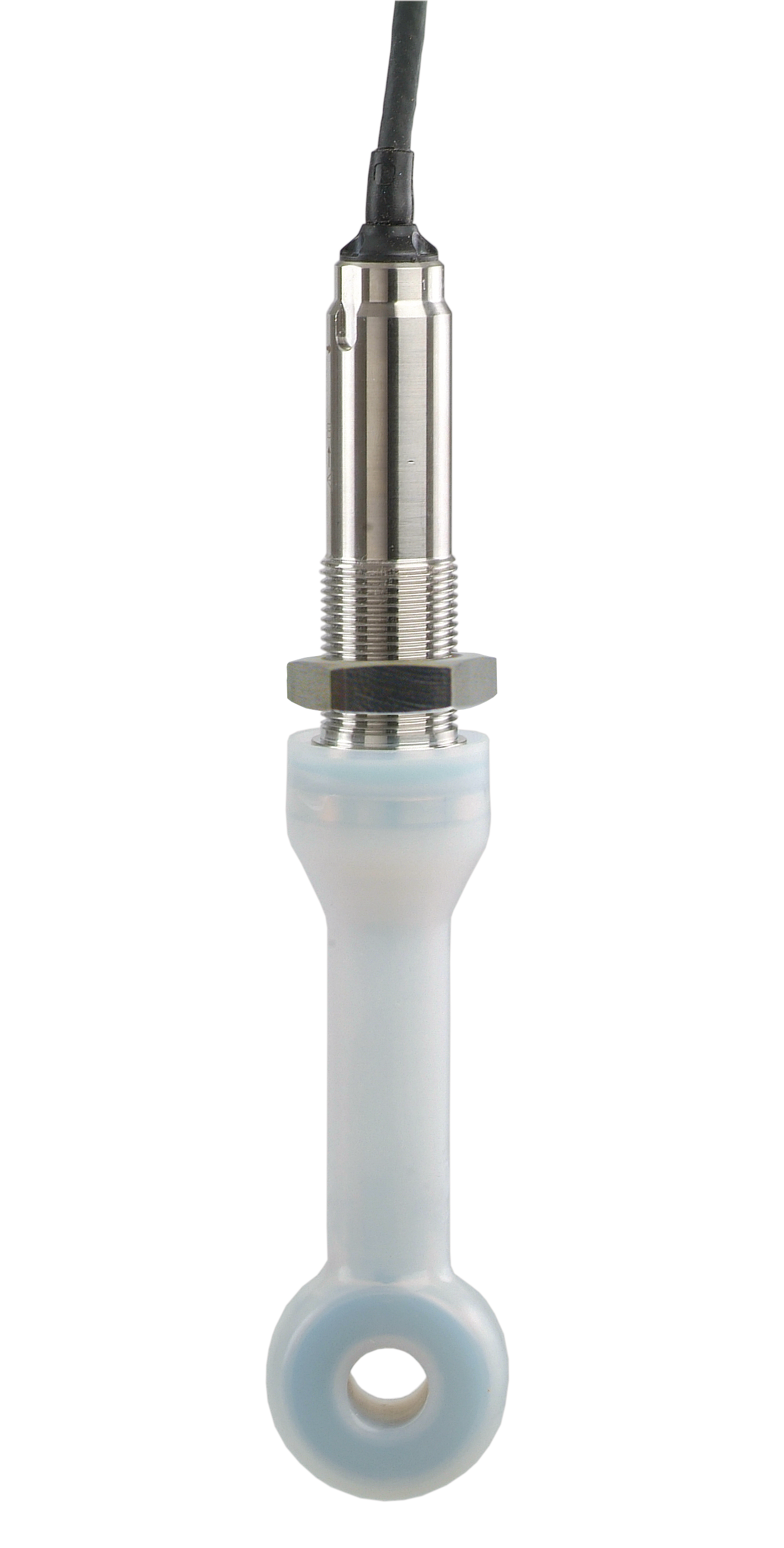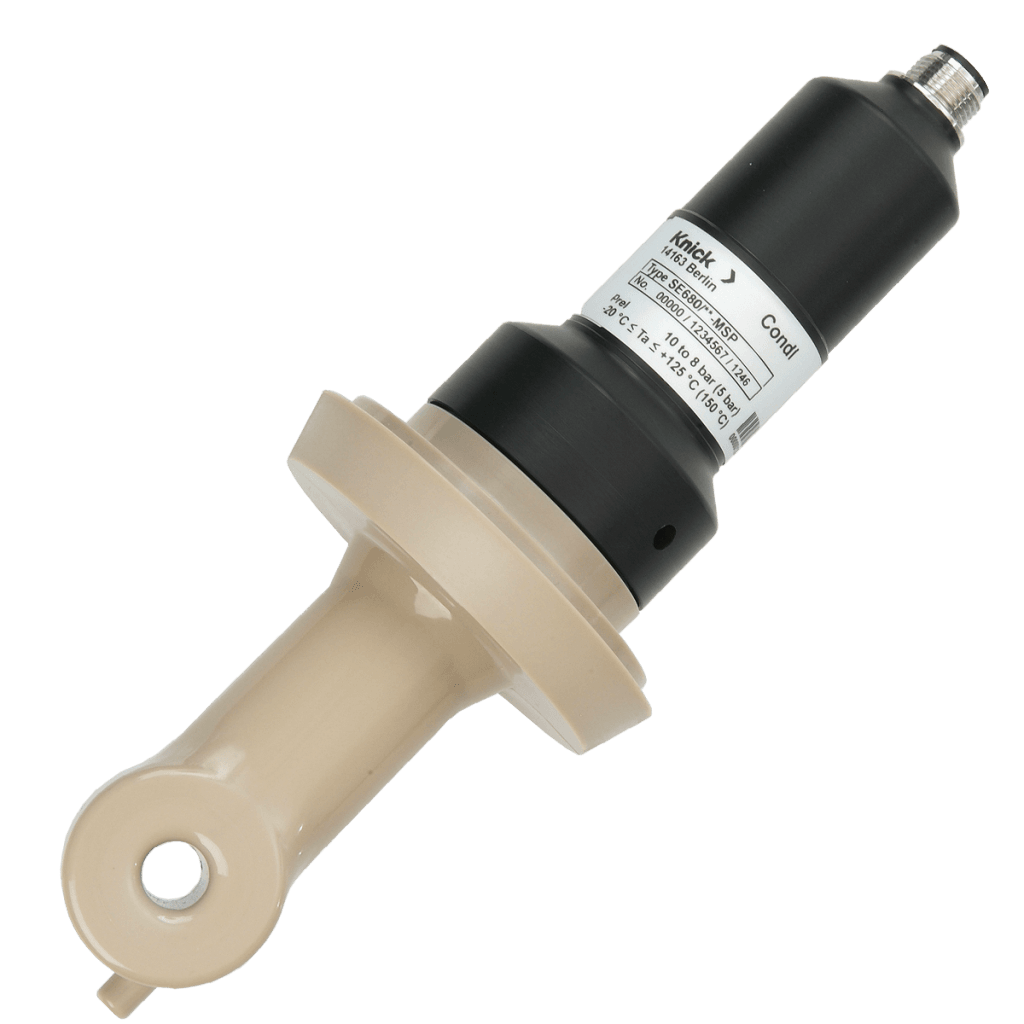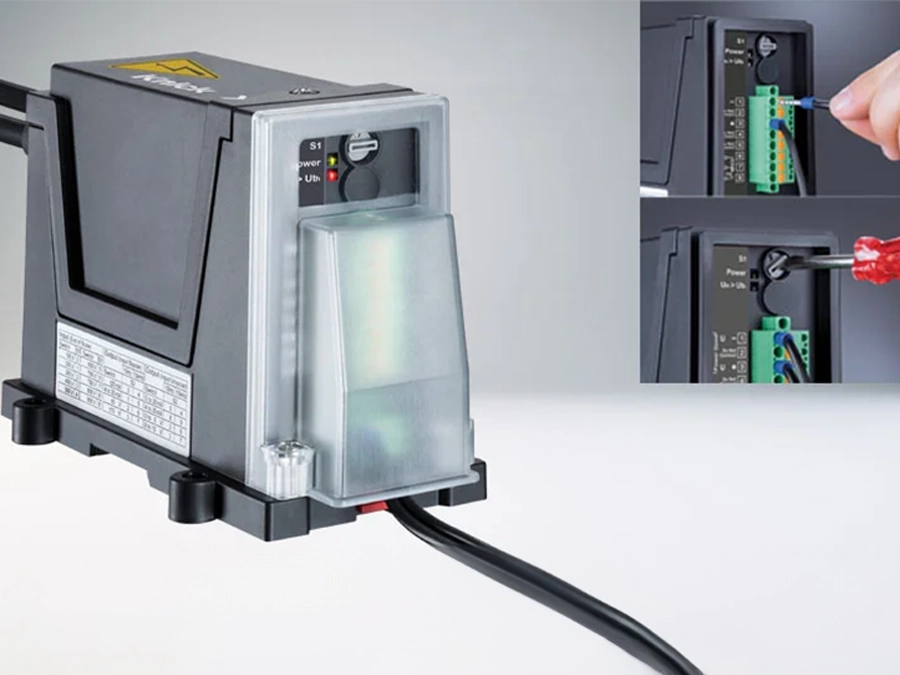SE630 Conductivity Sensor | 2 Graphite electrodes | Memosens | G 1 | Measurement of conductivities up to 20 mS/cm
Product number:
SE630-MS
Description
SE630 Conductivity Sensor | 2 Graphite electrodes | Memosens | G 1 | Measurement of conductivities up to 20 mS/cm
2-electrode sensor for measuring low to medium conductivity values, flexible application, high chemical, thermal and mechanical resistance – digital, with Memosens technology.
- Perfect galvanic isolation thanks to Memosens technology
- Digital data transfer
- Integrated sensor diagnostics
- High level of process safety due to durable materials
- Integrated temperature detector
- Robust design
- Large pressure and temperature range
- Easy to clean
- High-precision measurement of conductivities up to 20 mS/cm)
- High chemical and thermal resistance
Corrosion-proof materials, graphite electrodes, and PES body. High accuracy and integrated temperature detector for correct temperature compensation and concentration measurement. Large pressure and temperature range.
Applications
Water, moderately polluted wastewaters, process solutions with medium conductivities; also corrosive media
We look forward to hearing from you!
Contact Us
| Measurement Parameter: | Conductivity |
|---|---|
| Connection: | Memosens |
| Explosion protection: | No |
| Process Connection: | G 1" |
| Measuring Range: | 10 µS/cm … 20 mS/cm |
| Temperature: | -20 … 135 °C |
| Temperature Detector: | NTC 30 kΩ |
| Body Material: | PES |
| Pressure: | 2.5 bar (135 °C), Max. 16 bar (20 °C) |
| Electrode Material: | special graphite |
| Cell constant: | 1/cm |


